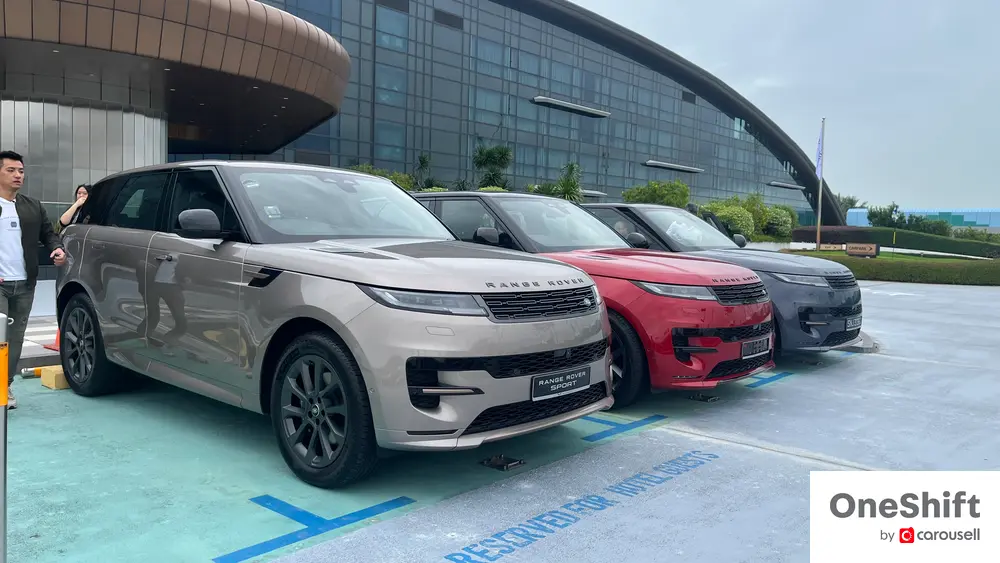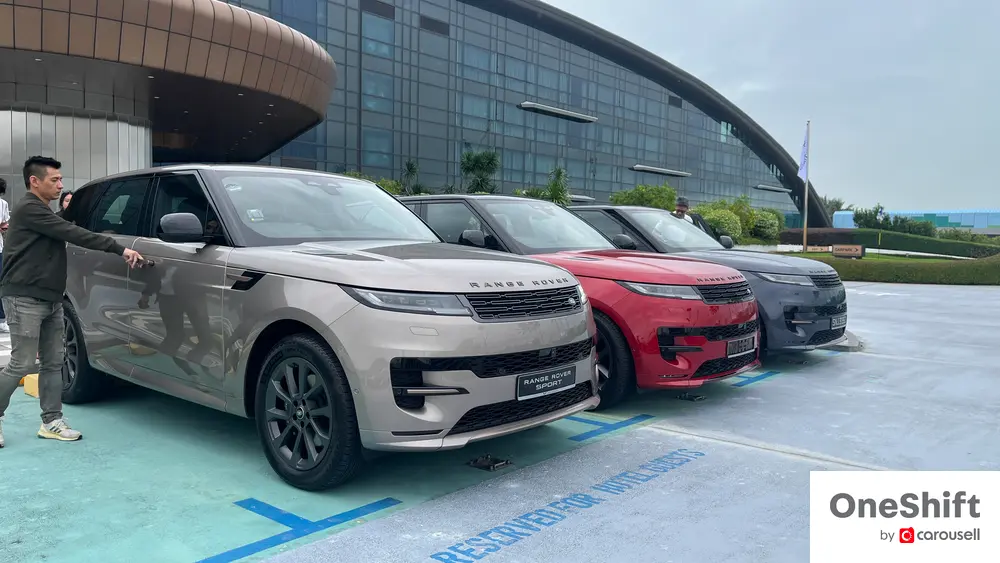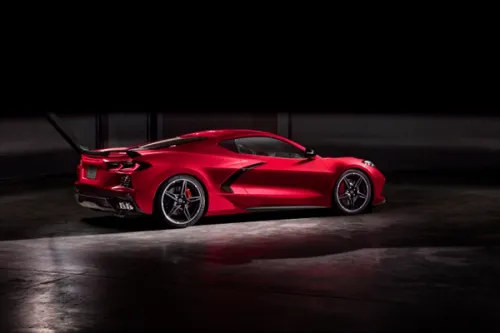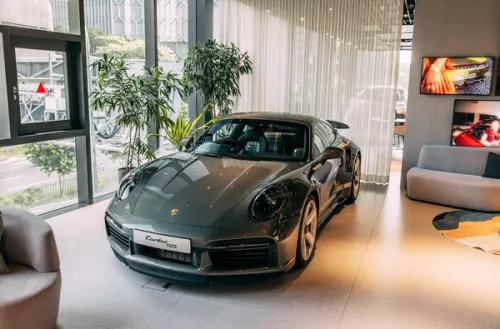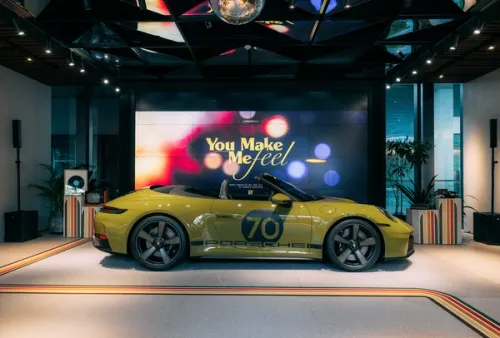How It's Like Driving the Range Rover Sport on the Track
This 2.3 ton luxury SUV is highly competent on the track, just because it can be.







“What, driving an SUV on the track?” was the reaction of most people when I told them I’d be taking the Range Rover Sport (RRS) to a purpose-built circuit at Changi Exhibition Centre (CEC). Most agreed that Land Rover is very confident in their product to show it off at the race track - and indeed besides the Porsche Cayenne, the Rangie is the only other gargantuan SUV I had the chance to let loose on a closed circuit. We will be conducting a full on-road test of the RRS some time later, but for now, it’s all about how it’ll perform in a closed-road setting.
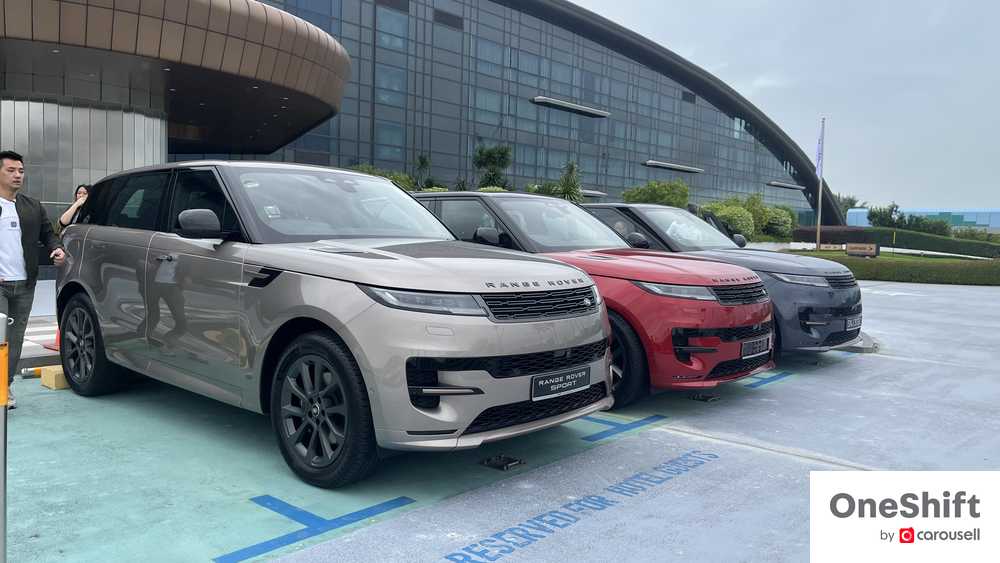
Geared for Comfort
We started off at Dusit Thani Laguna Golf Club, from which we would take a leisurely (and heavily speed restricted) drive to CEC. It was my first time driving the RRS and immediately, the heavier, more feelsome steering was a highlight especially versus the standard Range Rover.
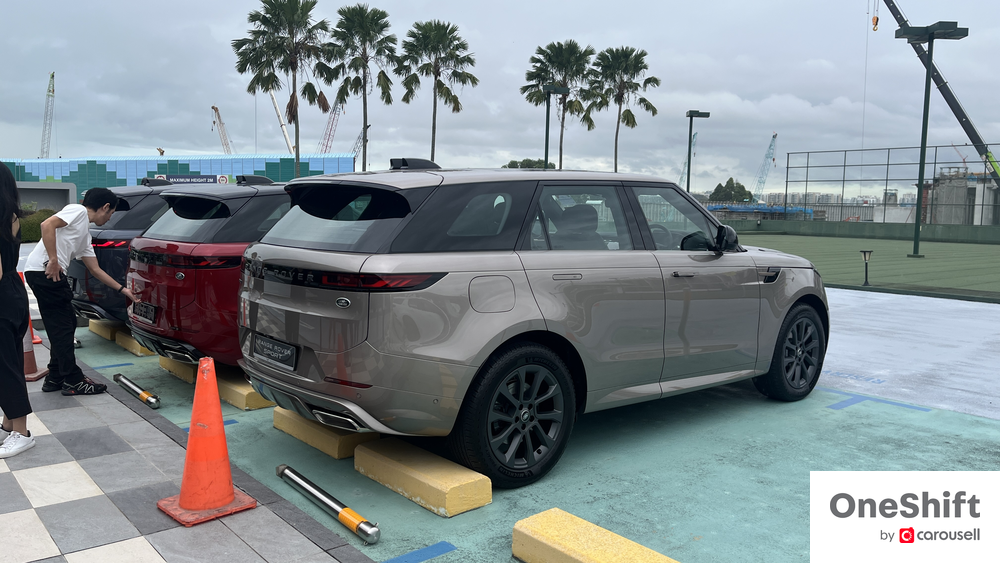
Otherwise, refinement levels are virtually indistinguishable from the Range Rover; that is to say, approaching Rolls-Royce Cullinan sort of peace and serenity. One can tell the RRS has a very slightly stiffened suspension to reduce body roll, but damping is still very much geared towards comfort and erasing any undulations from the road. It’s a beautiful way to travel long distances.

It was also my first time experiencing the twincharged inline-6 Ingenium engine with 48V hybrid assistance mildly applied; the Range Rover tested previously came with the twin-turbo V8. Noise levels are exceedingly low as you would expect from a straight six, but power is delivered in a, for want of a better expression, complicated fashion. With a supercharger to take on duties at lower revolutions and a turbocharger taking over at the top end, as well as mild hybrid assistance, there is a lot working behind the scenes to get the impressive numbers of 400 PS and 550 Nm.

There is the urgent, almost hurried, response at the low and mid-range, giving way to a tapering top end. It feels like this engine does its best not at its 10/10ths, but at moderate loads, which works just as well for normal driving on the road. As a luxury car engine, it’s hard to fault. As we would explain more later though, on the track it left us a little wanting.

Impressive Abilities on Track
When we arrived at CEC, we were let out pretty much by ourselves on the circuit unaccompanied. Designed with an extra long sweeper left hander for high speed cornering, followed by a sharp left-hand hairpin for technical handling and a gradual widening right turn back to the sweeper, there was plenty of opportunity to test out the limits of the RRS.
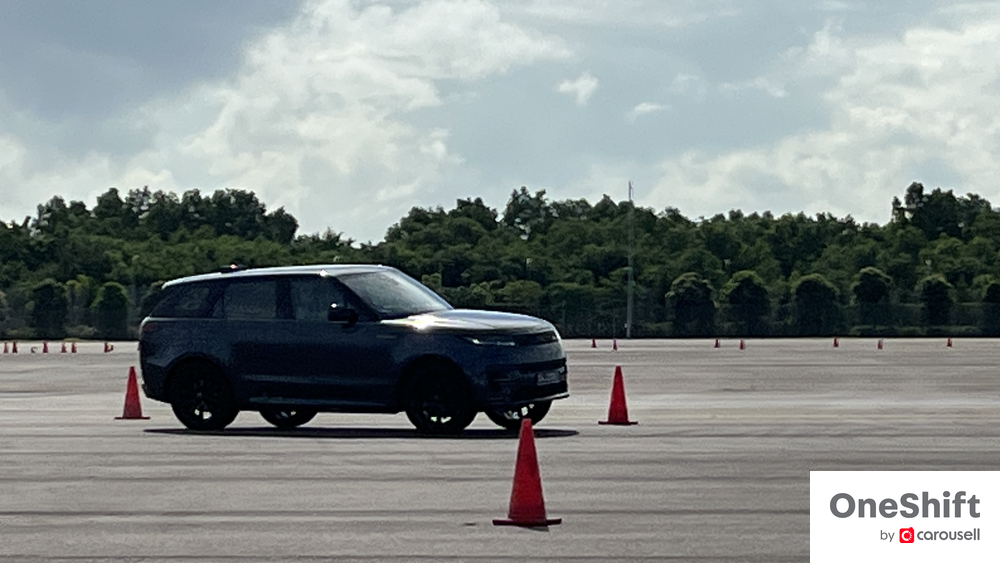
It was on the fast sweeper that the RRS felt most impressive. With the space to let the engine cycle through a few redlines, the RRS held onto its line tightly, with even the slightest hint of the rear letting go being reigned in by the ESP system. In fact, more power would be welcome here and the car could have handled more. The engine’s delivery was linear but also ultimately a little flat for a sporting SUV. There also wasn’t much exhaust note from the outside, although there was a fair amount of synthesised sound inside. Body roll was extremely well controlled, and it would be hard to imagine the standard Range Rover being able to do this in comparison.
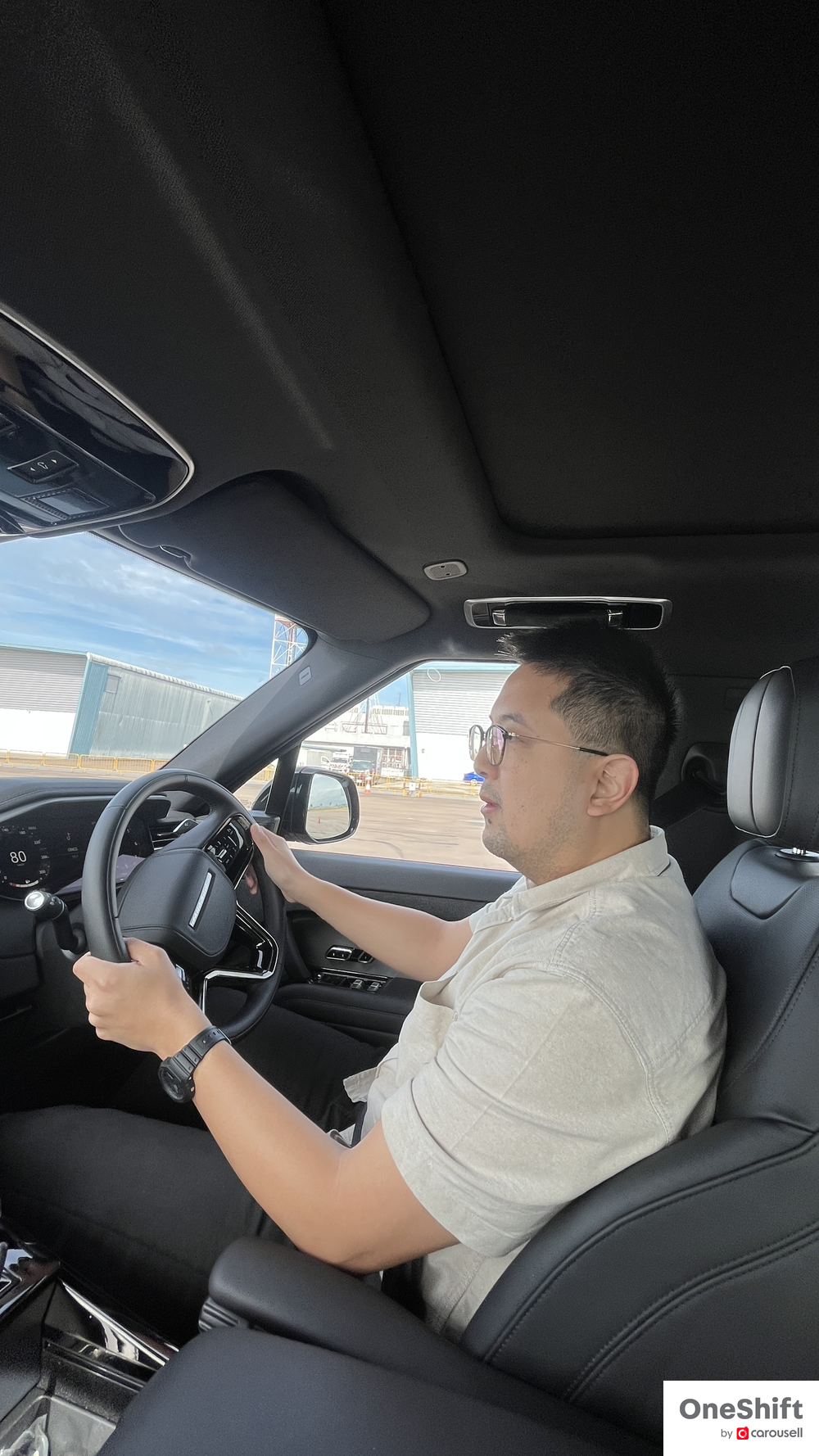
In the hairpin, entry speed was shed strongly by the powerful brakes and indeed the RRS feels adequately endowed on that front - despite repeated hard braking never once did it feel like it lost any power. The hairpin’s turn in was uncomfortably sharp for the 2.3-ton SUV and while it’s never going to feel completely natural, all of the electronics worked well to contain its heft. On exit, ESP worked overtime to curtail throttle inputs and this is one area where I wished more freedom was allowed to let the drivetrain sing. This was despite being in Sport mode.
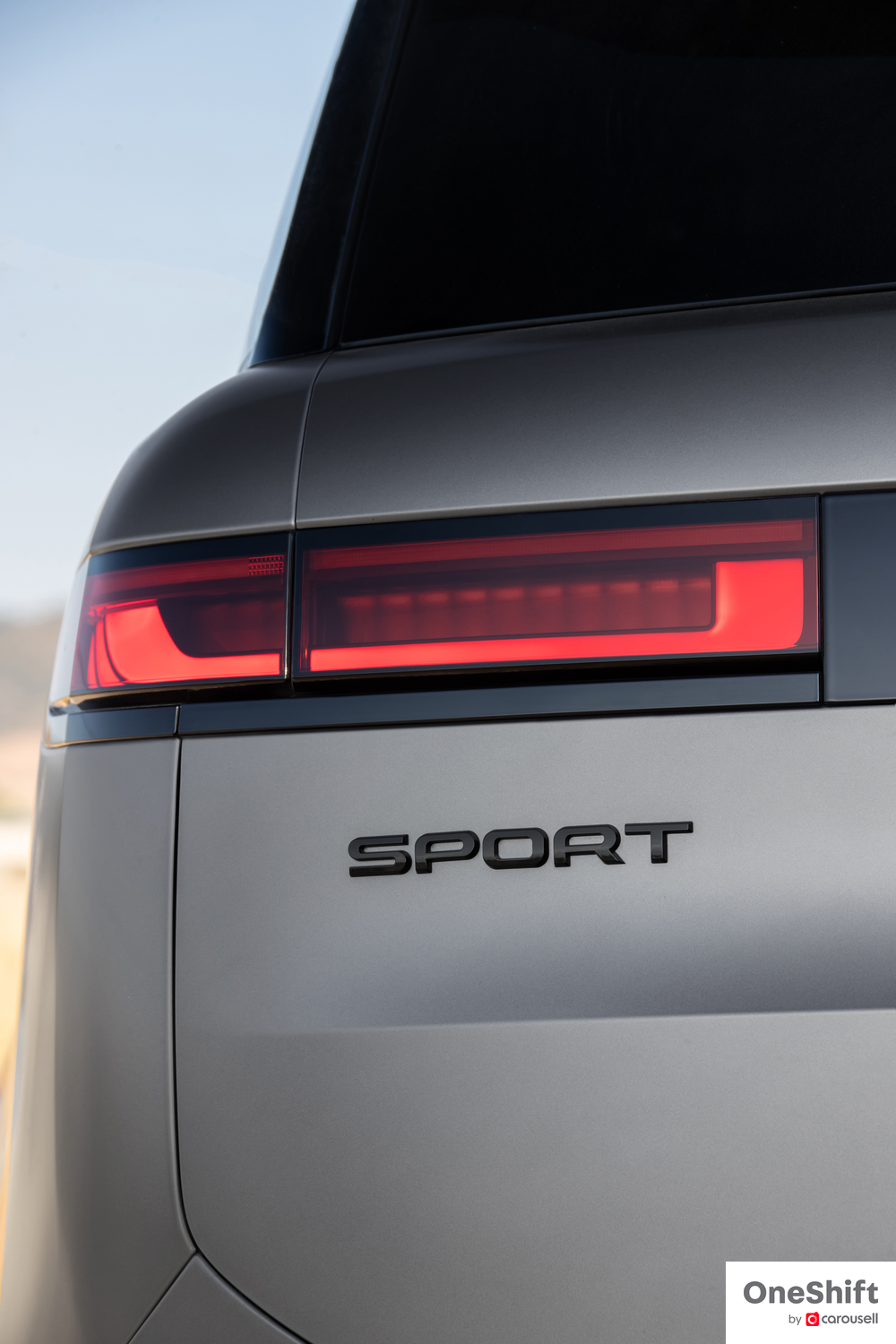
On the right turn that became wider and wider followed by a swing to the left, the RRS managed this admirably so long as excessive power wasn’t applied which led to understeer (and more power cut offs).

Towards the end of the 25 minute session, a ‘suspension fault’ notice popped up on the dash and the car did not damp properly on the turns. However, it seemed with a quick reset it was back in action. I then went back to the resting area to quickly gather my thoughts.
One of the Better Ones
Undoubtedly, the RRS is one of the better handling SUVs in its class - and it owes much to its electronics. However, it was also its weakest point, especially when ESP intervened way too much.

I think with the petrol V8 the RRS would feel more ‘right’ - with its I6 engine, it seemed to struggle a little to live up to the Sport badge. Bottom line though, it’s impressive what the RRS can do.
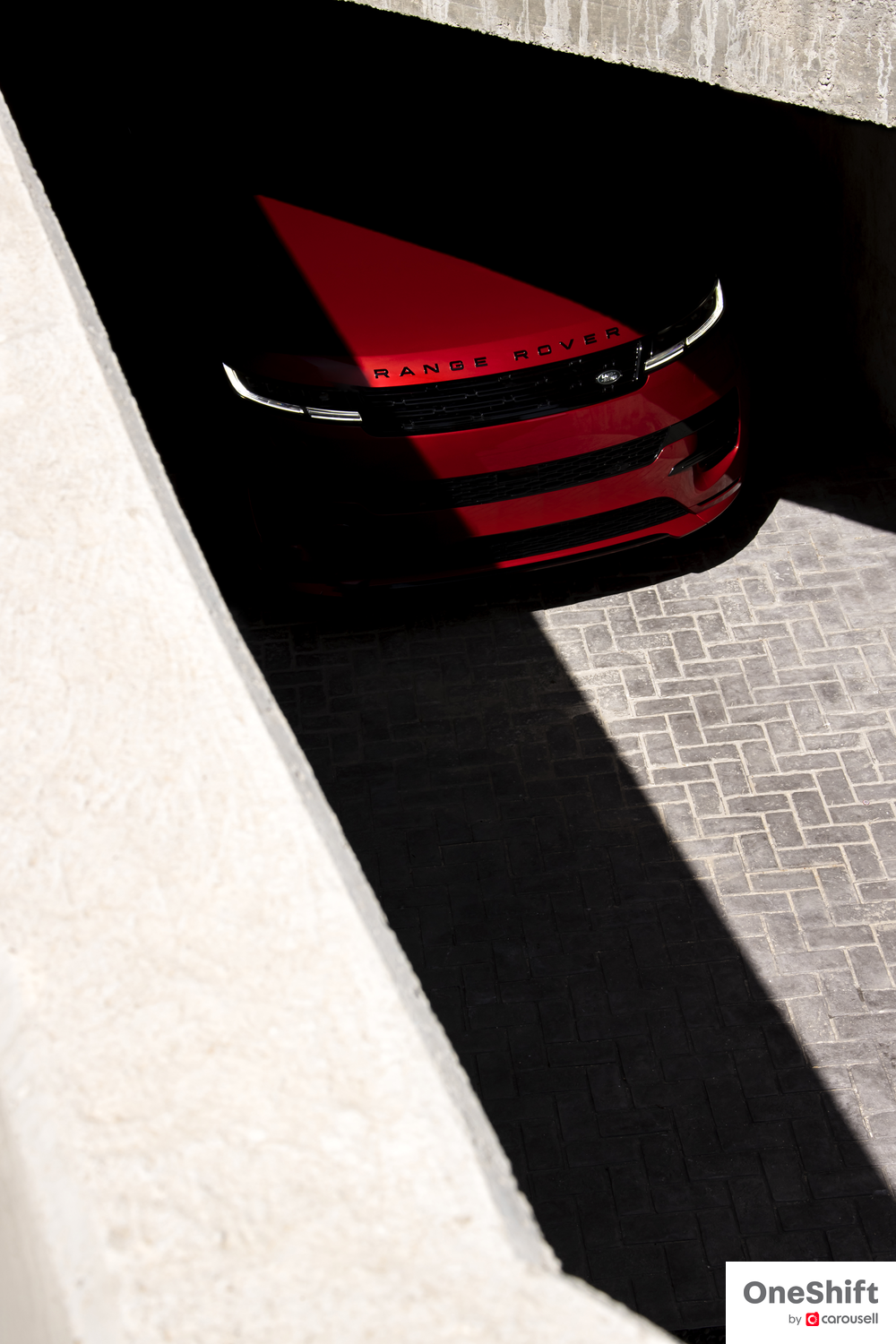
It’s something to respect from afar, but one may feel like the car was far more suited for the road or even off-road. It will do your bidding on the track faithfully, if not willingly, but I guess the thought of it being to do so is good enough for most buyers.
Photos by James Wong and Land Rover
==
Selling your car? Whatever the reason, car you sell Carousell.


Get the Best Price for your used car
from 500+ dealers in 24 hours

- Convenient and Hassle-Free
- Consumer Protection
Transparent Process
With No Obligation


